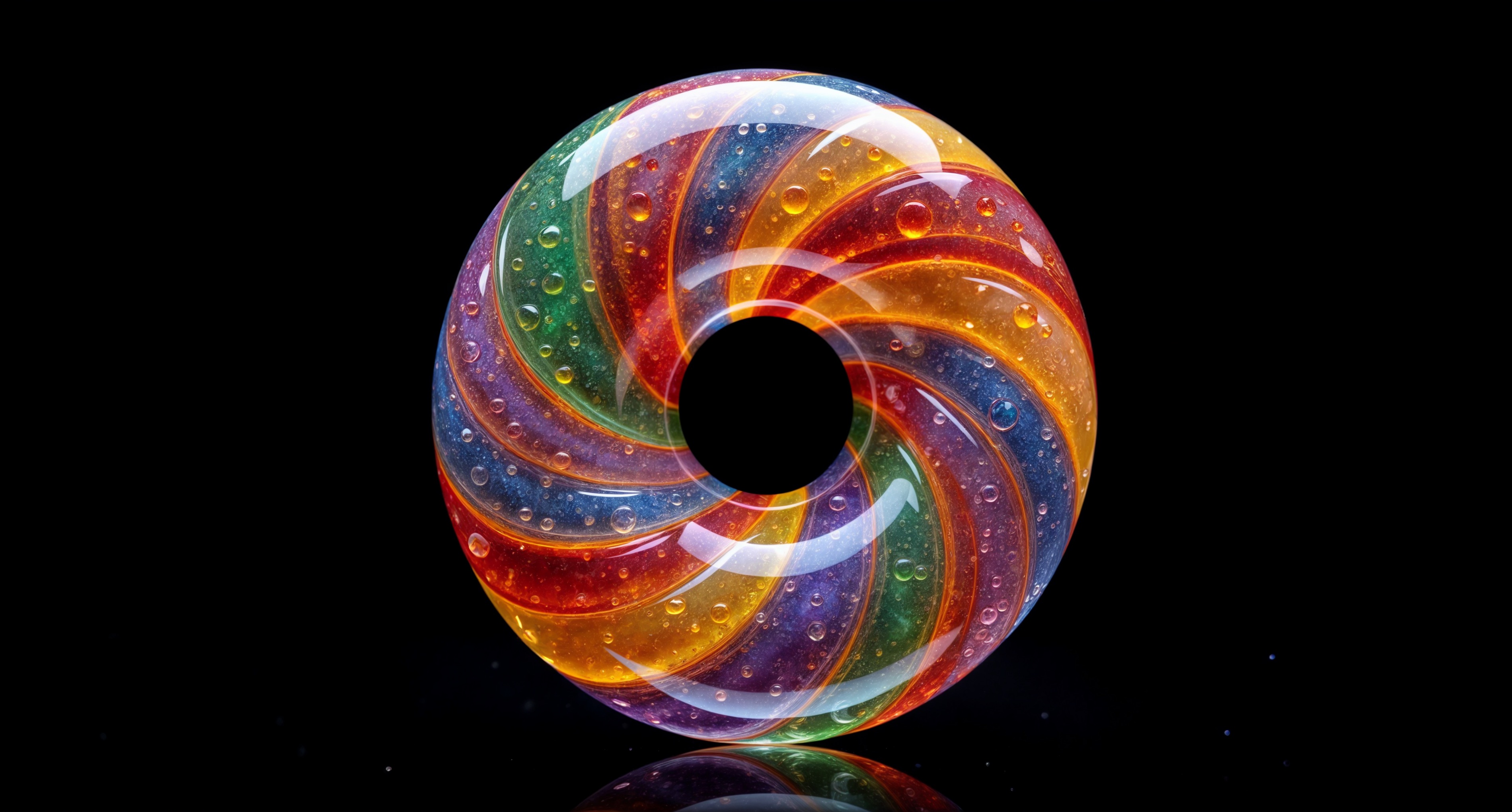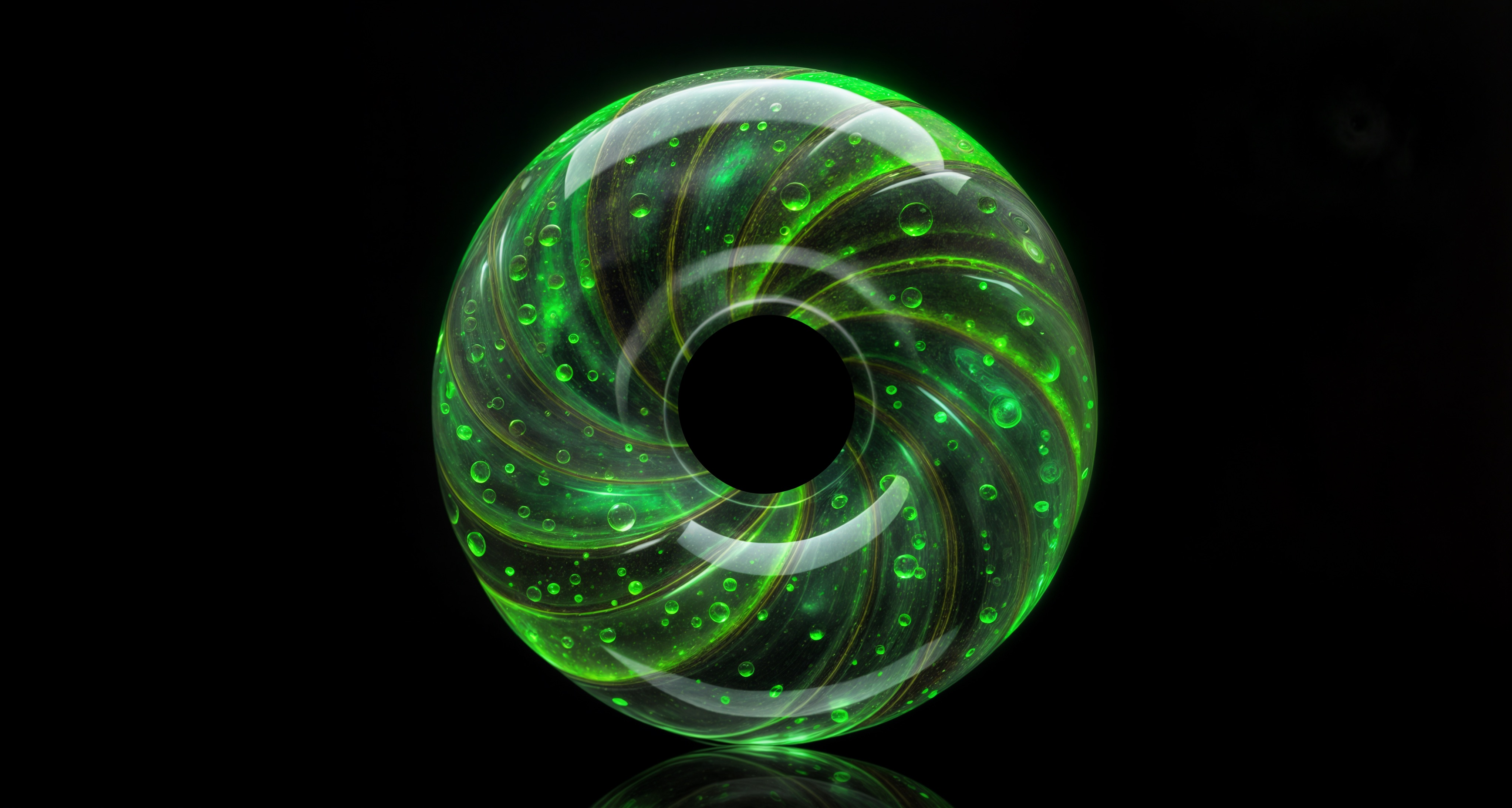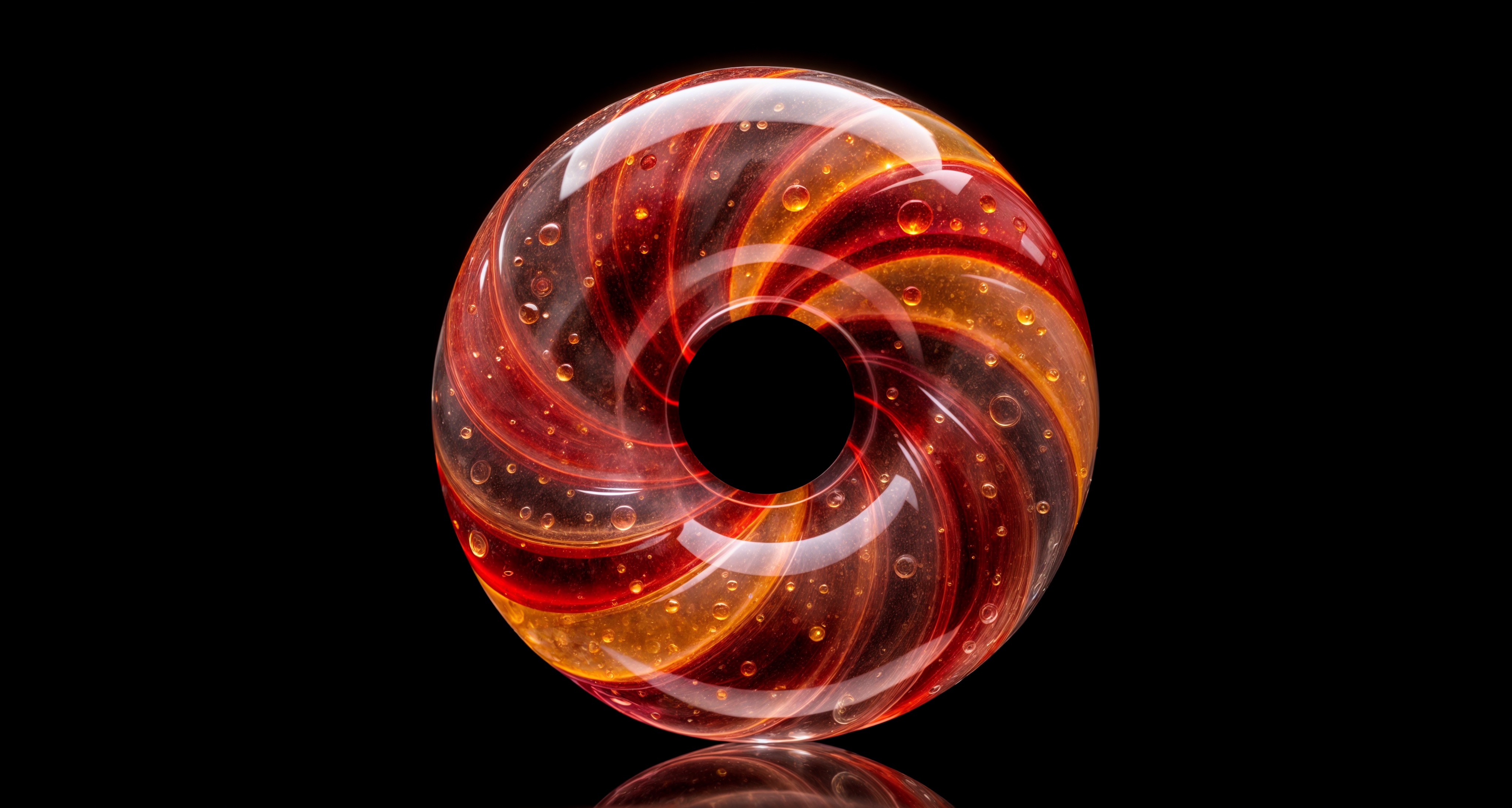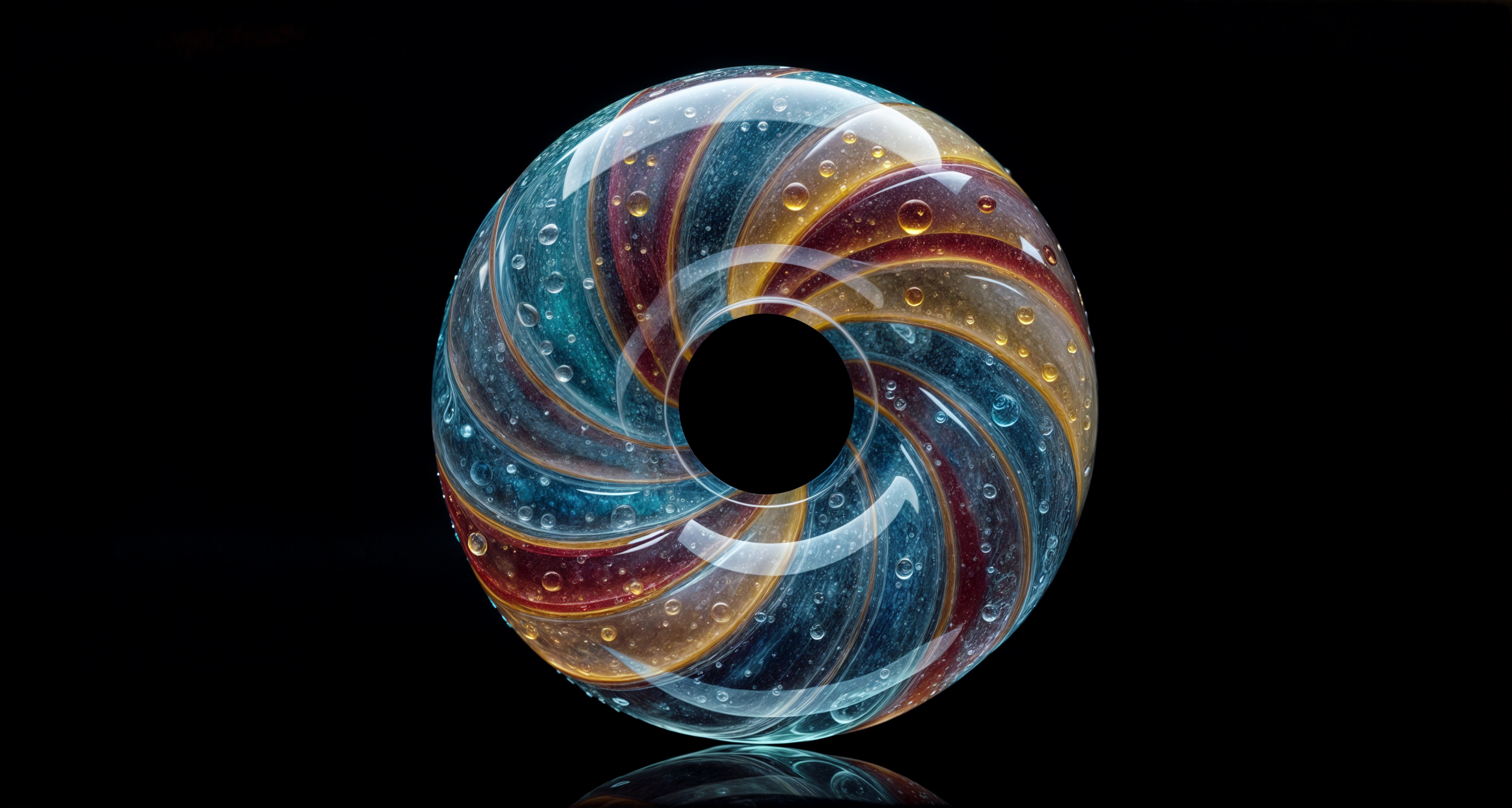How I use AI

Words
Look, I know you can tell when AI has written something. You're not stupid, and neither are your customers.
I, too, am sick of the lack of sincerity in business comms. Auto-comments below your LinkedIn posts. ChatGPT clichés stuffed into every blog post. It's disheartening.
So it's a point of personal pride that I don't submit anything that sounds automated.
(And yeah, it happened once. The client feedback stung. It won't happen again.)
But to my amazement, there are still copywriters that don't touch LLMs. I respect it, but that life's not for me.
My clients have access to most of the same tools that I do, but my value-add is that I'm faster and better at getting great ideas into a readable format to convince customers to act.
So I use AI for:
- Strategic analysis: I help identify where AI can genuinely enhance your content process — not by replacing human insight, but by removing friction from your workflow in ways you might not have considered.
- Research enhancement: Analysing academic literature and verified datasets to create content grounded in solid evidence. Google likes this and so do your readers. (For sensitive internal documents, I only run local data analysis on an offline machine — LLMs running on turbo-powered Apple silicon. So your data doesn't go to the cloud if you don't want it to.)
- Long-form content support: For complex pieces like whitepapers and research docs, AI serves as my thinking tool to keep logical flow and coherence — while the strategic insights come from human expertise.
- Content transformation: Transform existing content efficiently into new formats — from presentations to audio — while maintaining your brand voice and strategic messaging.
- Custom AI tools & applications: In 2025 I'm looking to develop bespoke AI apps for the new world of content strategy — from automated briefing systems to custom creation portals. These aren't off-the-shelf solutions, but carefully crafted tools that embed your unique content strategy and brand knowledge into usable systems for your marketing team.
- Strategic programmatic SEO: Where it's appropriate, I can develop systems to efficiently generate content at scale - like glossaries or location-based service pages. I'd only do this when it genuinely serves user needs and poses minimal risk for search engine penalties.
So why hire me?
Well, the whole raison d'être of my fingers tapping on a keyboard is to create a human connection. For now, it's humans who open their wallets and approve invoices. So let's talk to them.

Images
With images, I nerd out over the possibilities.
Having followed the journey of diffusion models for the last few years, I think that late 2024 brought one of the biggest creative breakthroughs. The FLUX model is a landmark release for not just photorealism but a smarter understanding of the physical world.
It almost made my top-spec M3 Macbook melt when I tried some local generations. But trying it hosted on Krea's gargantuan GPU farms felt inspirational. Almost instantaneously, I can illustrate photo-real concepts and iterate until I have what I need. Combined with real-time canvas editing ("insert a ceramic espresso cup next to the coffee beans") and there are simply no more limits.
We've seen enough articles with a DALL-E-generated featured image at the top of a sleek white robot doing something that represents 'AI'. We can do much better than that.

Videos
Videos are just collections of images, aren't they?
But in the context of diffusion models (AI-generated videos), they require a shitload more computing power to generate. If you have 24 frames per second, a 5-second video would have 120 frames.
So you'd think it takes 120 times more computing power to generate a video. But that's not right – to really get high-quality video that looks like it exists in the real world, the model has to compute all kinds of data. It has to understand the relation between physical objects in a really detailed way.
Think about watching a video of someone walking down the street. For every single frame, the AI needs to make sure everything makes sense with what came before and what comes after. The person's clothes need to move naturally, their hair needs to bounce right, shadows need to shift properly - all that stuff we take for granted in the real world. The AI's got to figure out:
- The way light interacts with different surfaces
- How objects maintain their shape whilst moving
- How different materials behave (fabric flowing, liquid splashing, rigid objects rotating)
- The natural speed and acceleration of moving objects
Forget generating this on a laptop – you need some serious cloud-powered GPU muscle. Current models like Luma's Dream Machine, RunwayML and Kling all work wonderfully on Krea, my platform of choice (and yes, it costs money – around $0.10 per second of video in late 2024).

Agents and beyond
The next frontier isn't just about generating content - it's about creating AI systems that can think and act within specific business contexts. I'm fascinated by the potential of AI agents: custom-built digital assistants that understand your company's unique knowledge base, workflows, and values.
Imagine having an AI system that doesn't just respond to prompts, but proactively helps your team by:
- Understanding the historical context of your brand decisions
- Maintaining consistency across all content initiatives
- Suggesting improvements based on your company's best practices
- Connecting insights across different departments and campaigns
Right now, I'm exploring ways to build these systems for clients - not as replacements for human creativity, but as intelligent collaborators that make your team more effective. The key is developing agents that truly understand your business context, not just generic AI assistants running on basic prompts.
What excites me most is how this technology could reduce the cognitive load on your creative teams. When routine decisions are handled intelligently by well-trained agents, your people can focus on the strategic thinking and creative breakthroughs that really move the needle.